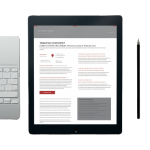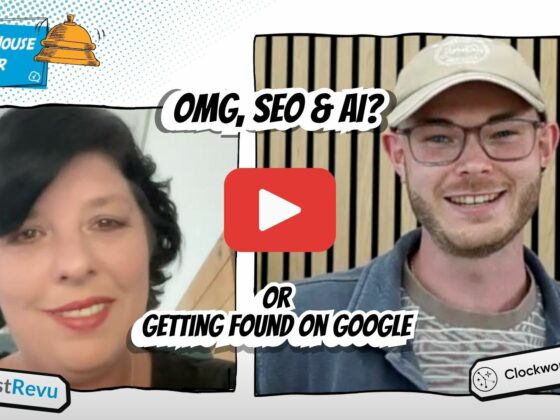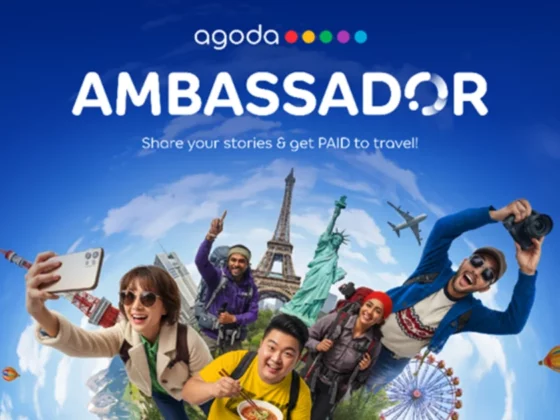Mark Ritson is a brand consultant and marketing professor. He has a PhD in marketing,
has taught on the MBA programmes of leading business schools, and is the founder of
Marketing Week’s Mini MBA.
What do a failed family hike and a cosmetics loyalty card tell you about the future of
marketing effectiveness?
For Boots, these two very different ad creatives proved how awareness and performance
campaigns can work together to be greater than the sum of their parts.
Performance and branding: the differences
In 2013, one of the greatest books in marketing history, “
The Long and the Short of It”, was published by advertising experts, Les Binet and Peter Field. In it, the pair often
described as the “godfathers of effectiveness” highlighted two distinct approaches to
advertising:
-
The “long” is about building brand awareness and creating a positive emotional
connection with consumers over time, not just flogging products. Think big-picture,
long-term impact. -
The “short”, on the other hand, is laser-focused on driving immediate action. It’s
product-based advertising that aims to get in, get the sale, and get out.
Each of these campaign types is important in its own way, but they work even better
together. The long sets up the short, and the short drives revenue.
Source: Binet & Field, The Long & Short of It
Different media channels have traditionally excelled at one or the other goal. Today,
marketers aim to address both ends of the funnel by stitching a range of these channels
together in a media plan.
But digital video stands apart. Platforms such as YouTube are
uniquely balanced
to deliver both long-term brand impact and short-term performance results, in the
same single environment — if you get your approach right.
How Boots is walking the walk
Boots is a great example of a brand doing just that. The U.K.’s largest health and beauty
retailer and pharmacy chain is using digital video to achieve both long and short-term
objectives in the same platform — and it’s seeing impressive results.
Performance: Boots’ “short” ad (which also happens to be a short, 15-second
pre-roll) gets straight to the point, focusing on driving immediate sales by promoting 10%
discounts to known Advantage loyalty card holders who have previously searched for such
deals.
Watch the video
Brand: But it’s not just about performance. Boots’ “long”, brand-building
commercial, “
Take a Hike”, created in partnership with WPP / The Pharm, builds a warm, emotional connection with
a broad audience. There is no hard sell — just good old-fashioned storytelling.
Watch the video
While both ads live in the same online environment, they are distinct messages with
different objectives. And both are delivering. “Take a Hike” is helping to foster reach
and long-term awareness for Boots, while its “short” Advantage Card ad generated an
impressive £5 for every pound invested on YouTube.
For its brand narrative, Boots identifies a common theme to repeat over a handful of
executions. When it comes time to activate that awareness, the brand uses data to reach
hundreds of different segments, to achieve a behavioural response.
Two common mistakes marketers make
Despite
success stories
such as Boots, many brands stumble when it comes to digital video. Here are the two most
common mistakes I see:
1. ‘Double duty’ ads dilute effectiveness
Just because you can combine long and short, it doesn’t mean you should. Too
many advertisers think they can do the video equivalent of a shampoo and conditioner in
one, smushing brand-building and performance marketing into a single creative execution to
save time or money.
Data from an enormous sample of ads by Binet and Field shows that those focusing on each
objective separately perform far better than those trying to do both at the same time.
Source: IPA Databank 2016-24 Courtesy Peter Field
2. Overlooking brand building
Many marketers have become so fixed on short-term results that they’re forgetting the
pivotal role long-term consumer awareness plays in driving those immediate sales.
Some big brands have found out the hard way how leaning too heavily on performance
marketing at the expense of emotive storytelling can cause consumers to disconnect from
your r’aison d’être.
Smart brands are not making these mistakes. For example, over the last couple of years, we
have seen some brands that have doubled-down decisively on brand awareness, while
nevertheless continuing to report very high ROIs in on performance marketing.
Balancing brand and performance
The success of brands like Boots illustrates that an effective online presence requires
both long- and short-term campaigns. While they should function distinctly,
they work best hand-in-hand.
Data from marketing consultancy System1
shows
that a compelling long-term brand-building ad doesn’t just increase awareness; it can also
boost actual sales. That’s why the most important word in “the long and the short” is
“and”.
So, how do you strike the right balance? It depends on your brand and industry. Planning
calculators and marketing mix modelling analysis can help marketers arrive at the right
ratio. Try running the numbers yourself – chances are, you’ll realise you’re not investing
enough in the long game.
Go long or go home
If you’re chasing ROI and sales alone, you’re leaving money on the table.
Here’s the reality: in most categories, only a small percentage of your customers are
ready to buy at any given moment. People hold onto cars for years, and they stick with
their banks for even longer. If you wait until someone is actively looking to become a
customer, it’s often too late.
To connect with potential customers who aren’t in the market yet, you need to
play the long game. Build brand awareness. Create positive associations. Predispose them to choose you when
they are ready to buy.
Invest in the long term, find the right balance with short-term sales activation, and
watch your brand grow. Digital video platforms such as YouTube provide the ideal
environment to achieve both, in a way that allows them to be the best versions of
themselves.







